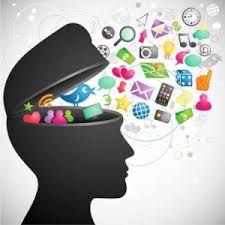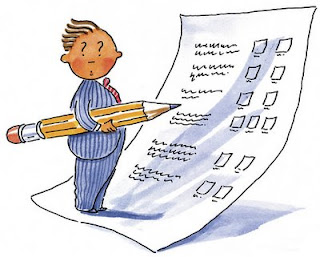Mission/Vision - The Education Media Center functions as a vital instrument as well as a basic requirement for quality education by enriching all parts of the school’s educational process.
1. Orientation
- All new teachers are given an orientation on the EMC, its program, role in the total Ateneo academic organization, services, facilities, guidelines and procedures during their in-service program.
2. Selection
of print and non-print materials
- The librarians continually select and acquire print and non-print materials that suit the needs, interest and special abilities of the students and teachers.
3. Organization of print and non-print
materials
- A technical librarian organizes all the purchased print and non-print materials for easy retrieval.
4.
Circulation of print and non-print
materials
- The EMC lends out various types of materials to students and teachers.
5.
Reference
- The EMC attends to request such bibliographic information from the card catalog, search through books, periodicals, pamphlets, documents and non-print materials.
6.
Bibliographic Service
- There are listings of materials and periodical articles to publicize the new materials and periodical articles in the EMC.
7.
Media Instruction Program
- The Media Instruction Program (MIP) aims to teach students to be skillful and discriminating users of print and non-print.
8. Class Supervised Research
- It is a scheduled program of activity particularly in Science and Social Studies.
9.
Grade Level Newspaper
- Each grade level is given a subscription to a newspaper of their choice.
10. Mags-on-wheels
- Selected professional and general interest journals are routed in the different grade levels and service area.
11. Photocopying
Service
- A self-service photocopying machine is available for the faculty to Xerox materials needed.
12. Video
and Sound Production
- Simple productions for class instruction, program and school wide presentations are put together in the Audio-Visual area.
13. Multi-media
Services
- Different non-print media materials are acquired. Teachers are encouraged to maximized use of their materials.


















































